Enhance and solidify your knowledge of Pediatric Nursing concepts with these 101 essential nursing bullets. Designed as quick, easy-to-digest facts, these bullets are ideal for review sessions as you prepare for your NCLEX or board exams. Strengthen your understanding efficiently and effectively!
Immunizations and Infection Control
- A child with HIV-positive blood should receive IPV rather than OPV immunization.
- An infant born to an HIV-positive mother will usually receive AZT (zidovudine) for the first 6 weeks.
- Infants born to an HIV-positive mother should receive all scheduled immunizations.
- The MMR vaccine shouldn’t be given until the infant reaches one year due to maternal antibodies.
- A child with an undiagnosed infection should be placed in isolation.
- Chickenpox lesions should not be treated with topical corticosteroids.
- Chickenpox lesions appear simultaneously as papules, vesicles, and crust.
- Fifth disease is characterized by a “slapped face” erythema.
- Roseola presents discrete rose-pink macules that fade upon pressure.
- Pertussis (whooping cough) mandates droplet precautions due to its highly contagious nature.
- Scarlet fever is recognizable by its characteristic sandpaper-like rash.
Nutrition and Feeding
- Exclusively feeding cow’s milk to infants can lead to iron deficiency anemia.
- Breast milk provides optimal nutrition for infants for the first six months, supporting immunity and development.
- Serving size: 1 tablespoon of food per year of age.
- Infants typically triple birth weight by 12 months.
- Test warmed fluids on caregiver’s skin to prevent infant scalding.
- Infants typically wet 6-10 diapers daily.
- Avoid microwave heating of infant foods as it can cause uneven temperature distribution, risking burns.
- Infants chew by 7 months, hold spoons by 9 months, drink from cups by 1 year.
- Introduce solid foods around 6 months, starting with iron-fortified cereals.
- Toddlers commonly exhibit selective eating, requiring patient encouragement and dietary guidance.
Respiratory Care
- Postural drainage in infants involves positioning across a nurse’s lap with a pillow.
- Children with cystic fibrosis need increased calories, protein, and supplements to combat malabsorption.
- Positive response to pancreatic enzymes includes absence of steatorrhea.
- Signs of dehydration in infants include lethargy, irritability, reduced urination, dry skin, decreased tears, and increased pulse rate.
- Asthma exacerbation symptoms include wheezing, coughing, and dyspnea.
- Respiratory Syncytial Virus (RSV) commonly triggers bronchiolitis, notably in young infants.
Neurological Assessment
- Frequent neurological assessments in meningitis patients detect early signs of complications.
- Cerebral palsy in newborns: reflexive hypertonicity, scissoring leg movements.
- Bulging fontanel indicates increased intracranial pressure in infants.
- Shaken baby syndrome involves severe neurological damage, marked by seizures, slow heartbeat, respiratory distress, and retinal hemorrhage.
- Neonatal abstinence syndrome presents with hyperactive Moro reflex, watery stools.
- Febrile seizures typically occur with rapid temperature rise.
Developmental Milestones
- Developmental dysplasia of the hip may present as limping or asymmetrical thigh folds.
- Failure to thrive: weight and height below the 5th percentile.
- Infants begin sitting unsupported around 6 months.
- Crawling typically begins at 8-10 months.
- Infants develop pincer grasp around 9-12 months.
- Stranger anxiety peaks around 8-9 months.
- Separation anxiety is common from 6-18 months.
Safety and Accident Prevention
- Mechanical obstruction choking: leading suffocation cause in infants under 1 year.
- Infants’ primary risks include falls, burns, and suffocation, emphasizing environmental safety.
- Toddlers: risks include burns, poisoning, drowning.
- Preschoolers: playground injuries, choking, poisoning, drowning.
- Adolescents: automobile accidents, drowning, fires, firearm accidents.
- Bryant’s traction requires slightly elevated buttocks for children under age 3 or less than 30 lb.
- Check bathwater temperature to prevent scalding.
- Avoid leaving small objects around infants and toddlers.
- Use rear-facing car seats until age 2.
- Secure furniture to avoid tip-over injuries, particularly in active toddlers.
Pediatric Traction and Orthopedics
- Ninety-ninety traction effectively stabilizes femur and tibia fractures.
- Body weight provides traction force in Bryant’s traction.
- Regular skin assessment needed under traction devices.
- Check neurovascular status frequently in children with casts.
- Clubfoot correction often involves serial casting.
- Legg-Calvé-Perthes disease typically manifests as a painless limp, requiring thorough assessment.
Cardiovascular and Vital Signs:
- Blood pressure is essentially the same in arms and legs of infants.
- Tachycardia often indicates dehydration or fever in infants.
- Bradycardia in infants may indicate hypoxia.
- Monitor apical pulse for accuracy in children under 2 years.
- Capillary refill should be under 2 seconds in healthy children.
Gastrointestinal Care
- Hold infants with cleft palate upright during feedings.
- Hirschsprung disease manifests as chronic constipation and abdominal distention.
- Gastroesophageal reflux disease symptoms include frequent regurgitation and irritability.
- Intussusception classic signs: currant jelly stools, intermittent pain.
- Appendicitis in children commonly presents as abdominal pain at McBurney’s point.
Genitourinary and Renal Care:
- Frequent urinalysis is essential in monitoring pediatric renal function.
- Hypospadias requires surgical correction around 6-12 months of age.
- Nephrotic syndrome signs: edema, proteinuria, hypoalbuminemia.
- Acute glomerulonephritis symptoms include hematuria and hypertension.
Endocrine and Metabolic Conditions
- Monitor blood glucose regularly in pediatric diabetes.
- Hypothyroidism in infants presents as hypotonia, prolonged jaundice, poor feeding.
- Phenylketonuria requires lifelong dietary phenylalanine restriction.
Hematologic Conditions
- Iron supplementation necessary for breastfed infants after 6 months.
- Sickle cell disease crisis triggered by dehydration, hypoxia, or infection.
- Hemophilia manifests as prolonged bleeding after minor injuries.
Pediatric Pain Management
- Adolescents may hide pain; proactively offer analgesics.
- Pain scales suitable for age must be used for accurate assessment.
- Non-pharmacological methods include distraction and relaxation techniques.
Psychosocial and Emotional Care
- Prepare children appropriately for procedures to reduce anxiety.
- Encourage parental involvement during hospitalization.
- Maintain normal routines to provide comfort for hospitalized children.
Skin Conditions and Care
- Diaper dermatitis prevention involves frequent diaper changes and barrier creams.
- Eczema care includes avoiding irritants and regular moisturizing.
- Impetigo requires topical or systemic antibiotics.
Additional Pediatric Nursing Bullets
- Kawasaki disease symptoms: prolonged fever, strawberry tongue, conjunctivitis.
- Monitor hearing and vision regularly for developmental screening.
- Routine dental care starts with the eruption of the first tooth.
- Toilet training typically begins around 18-24 months.
- Avoid aspirin use in children due to Reye’s syndrome risk.
- Prevent SIDS by placing infants on their backs to sleep.
- Sun protection necessary due to sensitive pediatric skin.
- Infant colic typically resolves by 3-4 months.
- Lead poisoning requires environmental assessment and intervention.
- Proper hydration is critical during episodes of diarrhea and vomiting.
- Regular growth monitoring essential to detect early nutritional problems.
- Provide education on age-specific developmental expectations.
- Use pediatric scales and equipment to ensure accurate assessments.
- Encourage breastfeeding for immune support and bonding.
- Infants require regular tummy time to promote motor development.
- Use child-friendly language when explaining procedures to reduce fear.
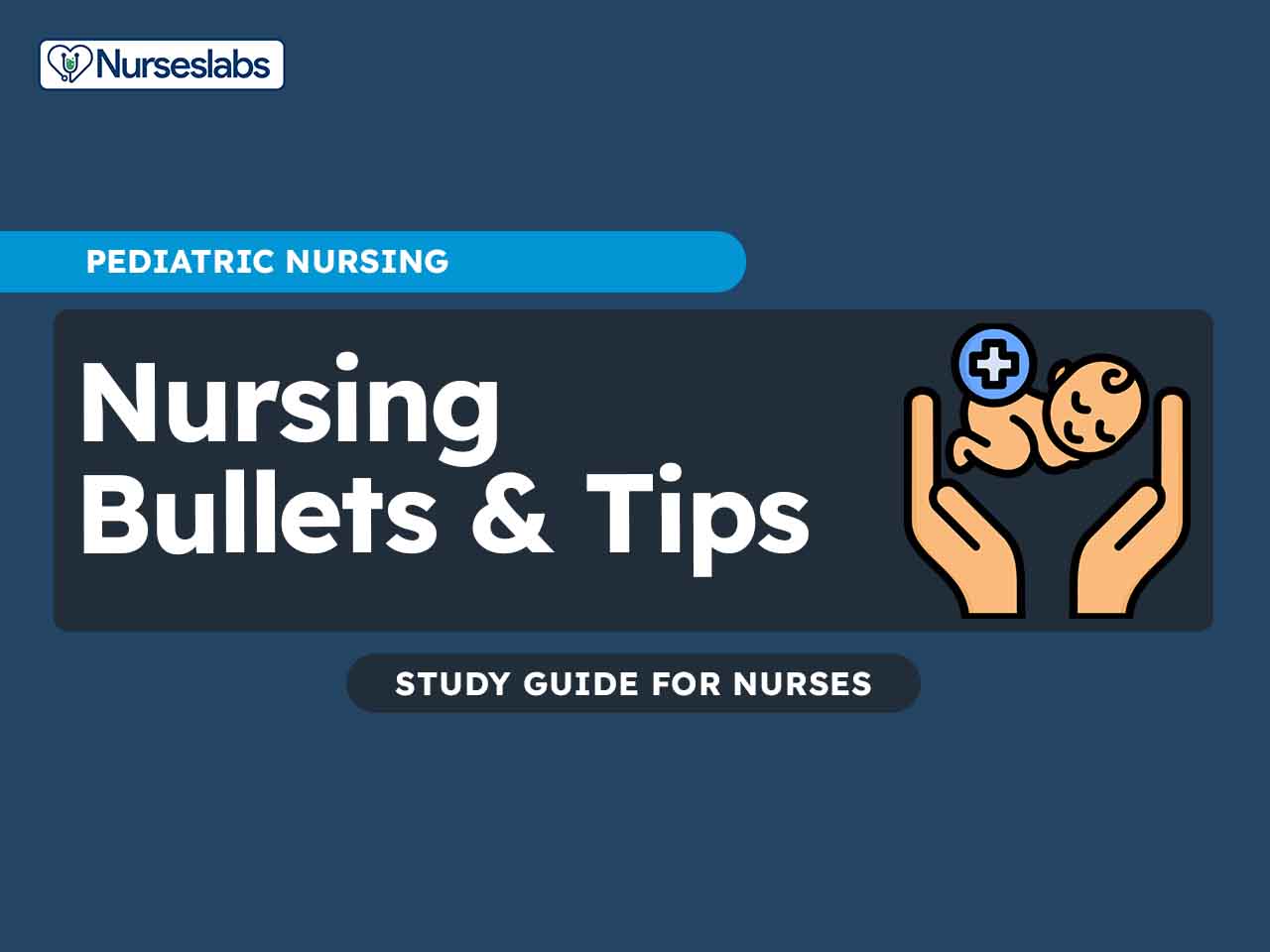

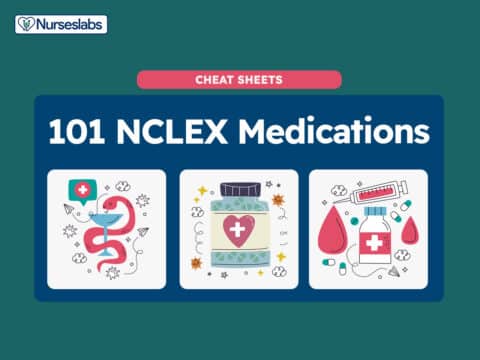
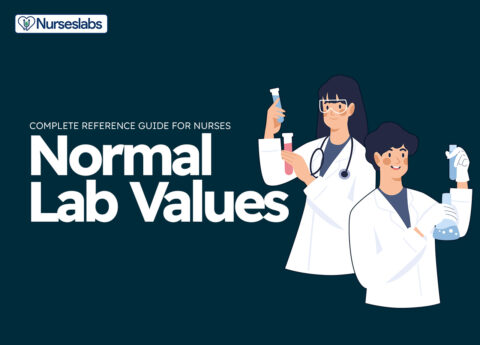



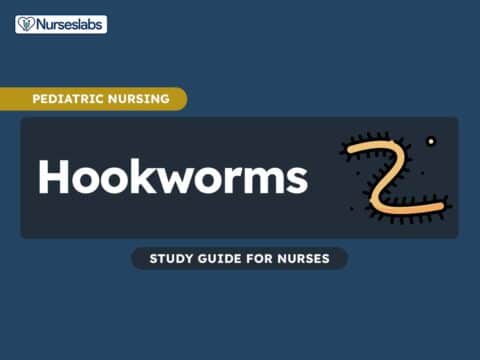
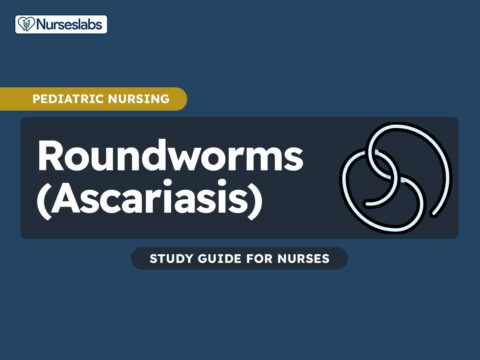
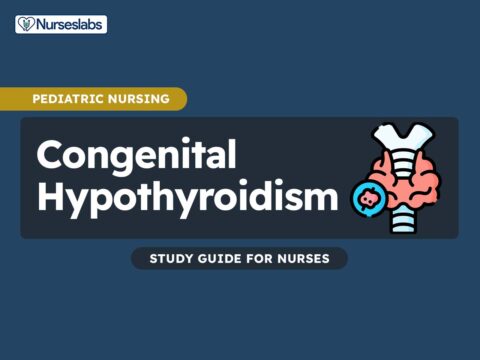
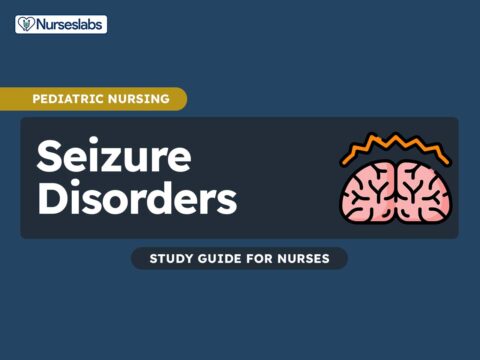
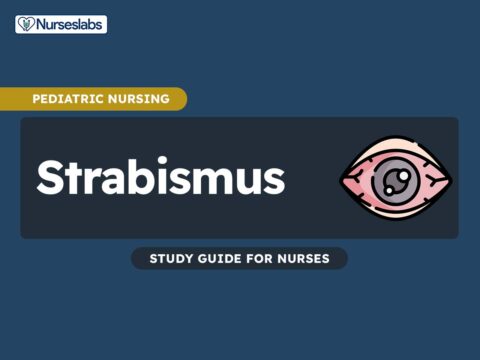
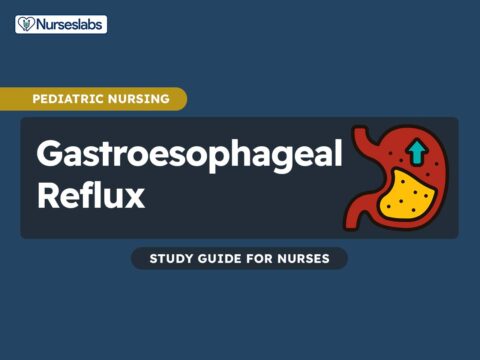

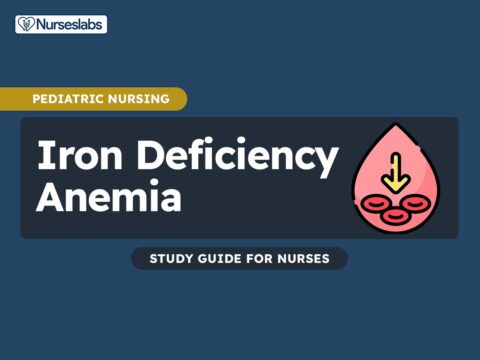


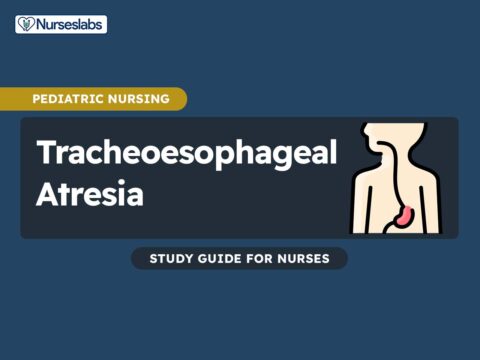



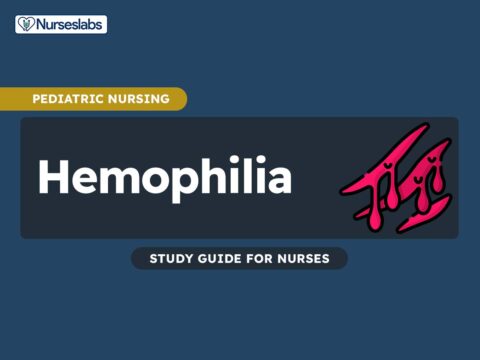

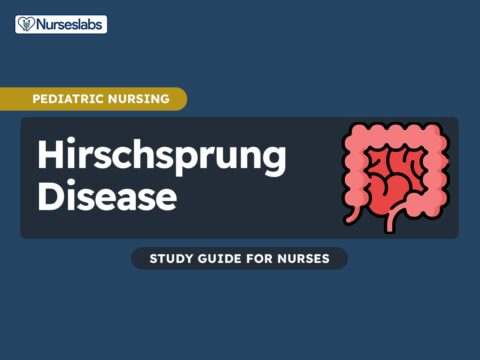

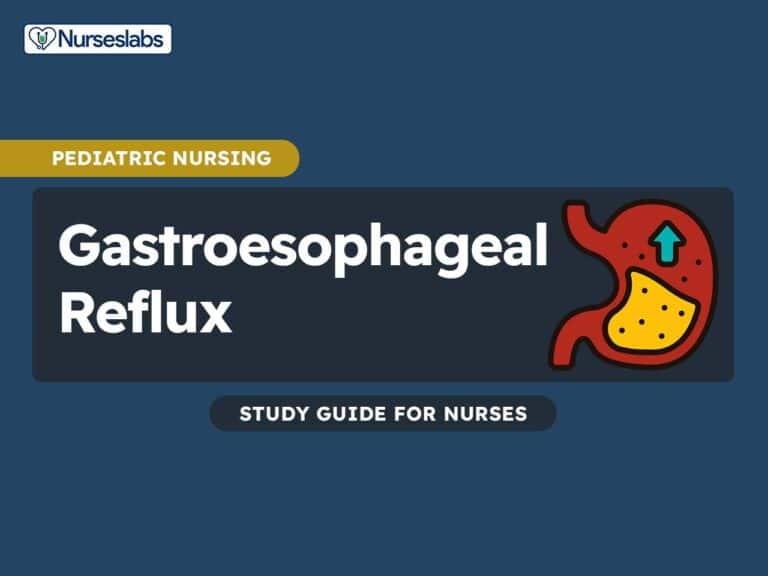
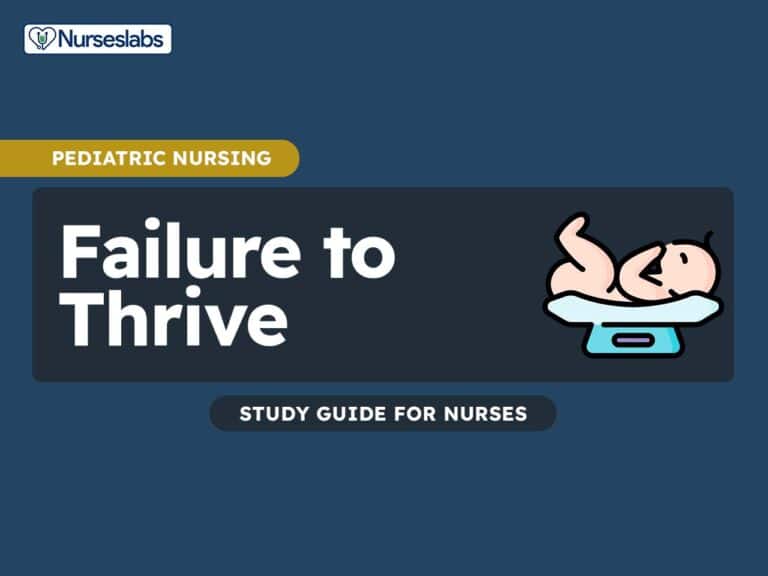

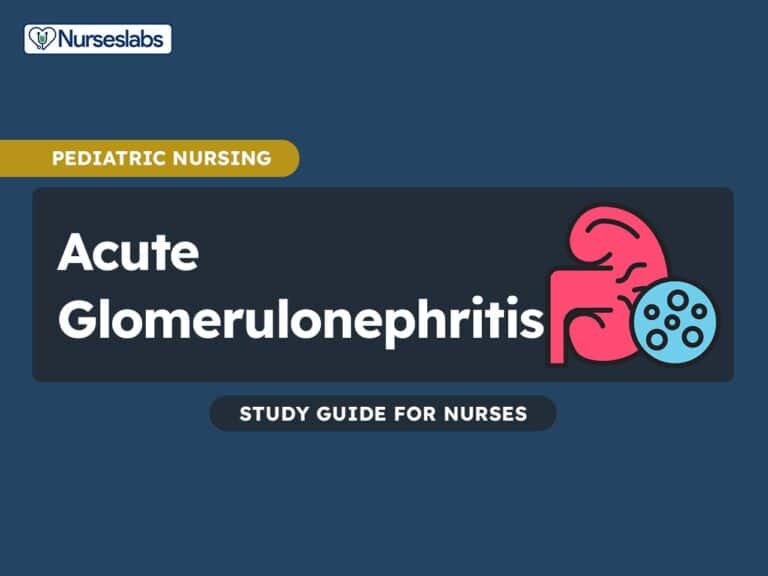
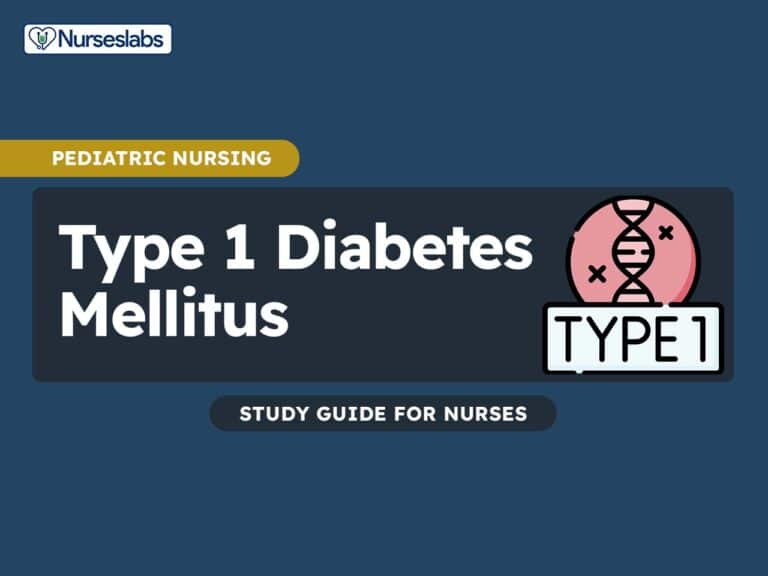


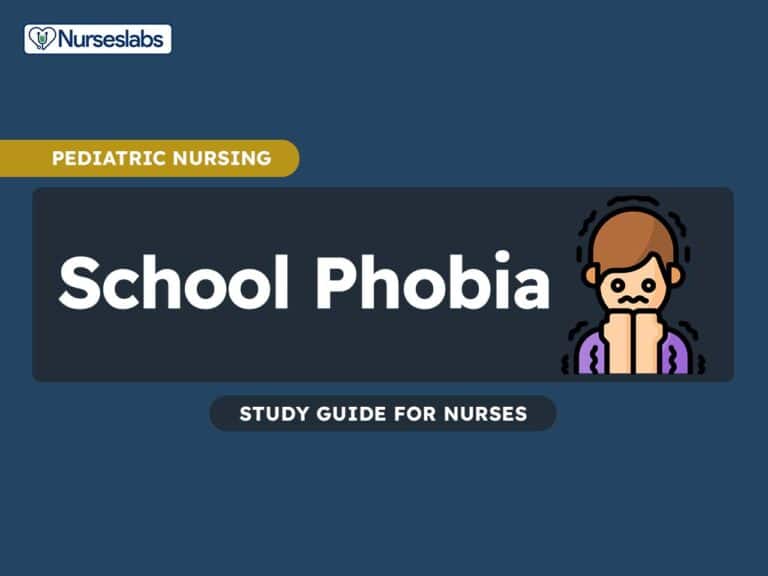


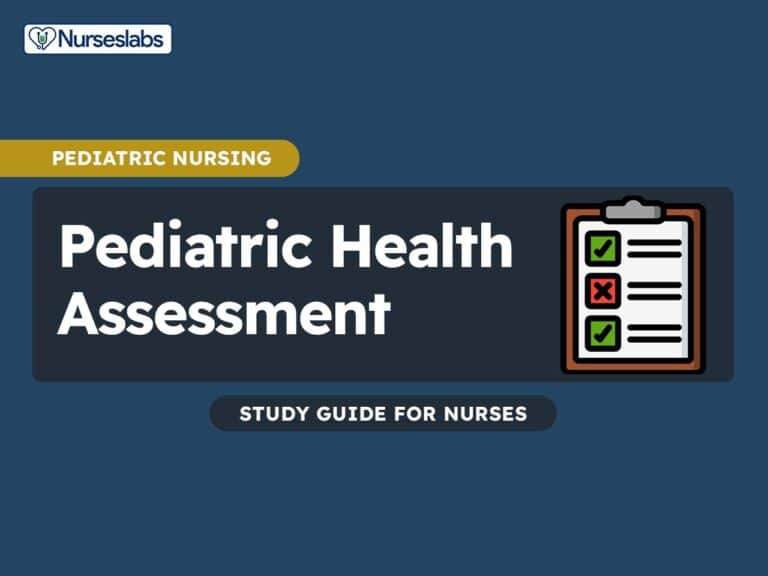

Leave a Comment